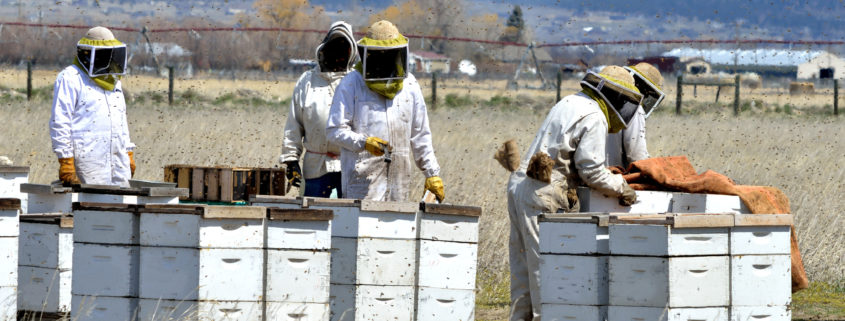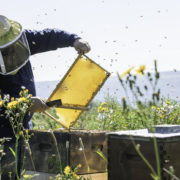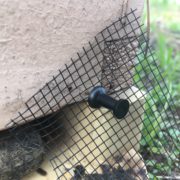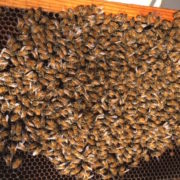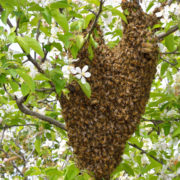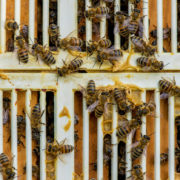Commercial Beekeeping And Winter Losses
For commercial beekeepers, probably their single greatest concern is managing their winter losses and keeping them to a minimum. Winter losses cut into profits in several ways. First, losing colonies in the winter results in fewer colonies being available in February to rent out at the height of pollination season. Also, replacing losses requires that the beekeeper split strong colonies to make new colonies just when honey-making season gets underway in April. This cuts into spring honey production, because it is the strongest colonies that make the most honey.
A certain amount of winter losses are normal. In general 10% is more than reasonable, and would be considered a good outcome. Twenty-percent losses, although not ideal, is what many beekeepers consider the “new normal,” and is also reasonable. When losses grow beyond these levels, they can become damaging, and at higher levels potentially catastrophic.
Knowing that a certain percentage of losses are normal and to be expected, commercial beekeepers try to head into winter with a surplus of bees – an extra 20% give or take – to absorb the losses and come out even, more or less, in the spring. Many astute commercial beekeepers begin building a cushion in the late summer or fall, creating extra colonies to boost numbers heading into the winter.
Hobby and small-scale beekeepers can learn something from this strategy. Building a few extra surplus colonies heading into the winter covers the inevitable losses that occur every season, and enable the beekeeper to get off to a strong start once the new spring gets underway.

